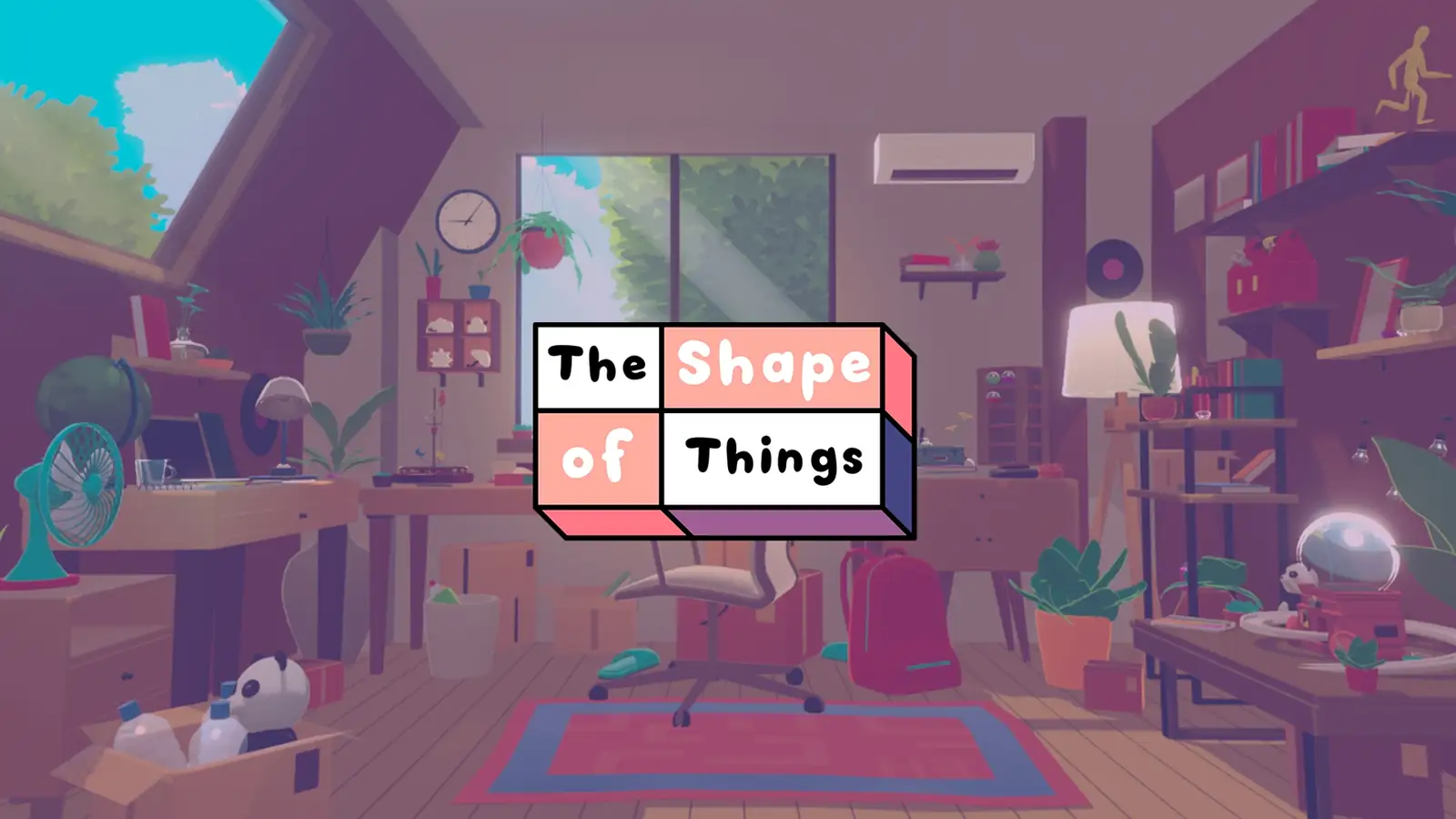
Brand
- M&S Collection 105.709
- Iscar 36.548
- Sandvik Coromant 34.872
- Portwest 32.987
- Mascot 31.327
- VELUX 25.265
- Routledge 23.777
- Fruit Of The Loom 23.215
- Slingsby 22.284
- Rhodes + Scholes 19.903
- Blaklader 19.329
- EUROKRAFTpro 19.123
- MTP Products 18.778
- Gemini Interiors 18.229
- Maroxe 16.869
- Nobody's Child 16.203
- Festo 15.230
- BOSS 14.220
- TopVue 13.810
- Vargus 13.314
- Moon Magic 13.214
- Nike 12.424
- Sealey 11.860
- Ergomat 11.649
- ECCO 11.620
- White Stuff 11.597
- Autograph 11.448
- Russell 11.234
- Air Jordan 10.893
- Lyle & Scott 10.417
- Dams 10.372
- Life Essentials 9.933
- KENZO KIDS 9.405
- Impulse 8.841
- Alcon 8.374
- Sid & Sam 8.156
- Carpe Diem Beds 8.045
- Pour Moi 7.945
- SHINEANDGLORY 7.907
- Style and Chic 7.860
- Merkel Designers 7.670
- CooperVision 7.625
- Unbeatable Bargains 7.550
- Kennedy 7.489
- Tyrell & Tyrell 7.459
- ORN 7.437
- Monsoon 7.382
- Zoro Select 7.348
- The Home Maker 7.231
- Direct Imports 7.024
- All Things Good 7.004
- Wonders 6.978
- Discount Dealers 6.954
- FatFace 6.949
- Millennium Furniture 6.915
- Casper Homes 6.912
- R and M Furniture 6.896
- Prestigious Textiles 6.895
- TIMCO 6.783
- Stanley 6.612
- Merlin Deals 6.605
- 3M 6.596
- Decor Base 6.447
- Brittle & Co 6.303
- Seasalt Cornwall 6.289
- FAG 6.260
- Vale 6.248
- Design Hut 6.201
- Bausch & Lomb 6.056
- adidas 6.041
- Timberland 5.850
- Liverpool FC 5.767
- Regatta 5.764
- C&P 5.721
- CRC Press 5.656
- BILLIEBLUSH 5.559
- Crew Clothing 5.558
- SOSANDAR 5.427
- Ace & K 5.402
- Outsunny 5.370
- Sergio Rossi 5.363
- Silent Gliss 5.313
- Charlotte Dunes 5.292
- INA 5.284
- Callaway 5.251
- Dunlop 5.207
- Co 5.161
- Finery London 5.156
- Haynes Manuals UK 5.134
- Steam 5.080
- Camozzi 5.044
- Savings Store 5.025
- Watco 5.022
- Beeswift 5.021
- Body by M&S 4.945
- Neo 4.928
- Velux 4.791
- B&C Collection 4.778
- Goodmove 4.545
- Sia Abrasives 4.411
Colour
- Black 154.765
- White 68.808
- black 66.419
- Blue 52.640
- Grey 32.437
- white 31.037
- Green 29.054
- Navy 28.165
- Brown 27.398
- Pink 26.836
Size
- XL 43.458
- S 32.782
- M 31.904
- L 30.641
- 2XL 26.676
- 8 22.173
- Medium 21.857
- Large 21.586
- Small 20.883
- XS 19.407
Gender
Merchant
- Zoro UK 863.799
- Marks & Spencer UK 323.931
- Home Done 179.517
- Zoro UK Limited 96.412
- Glisshop uk 67.352
- RS Components UK 65.303
- Kids around 65.227
- Alensa.co.uk 64.741
- Maroxe 45.406
- Workwear Supermarket 43.236
- AndLight.co.uk 38.825
- Kick Game 37.395
- Routledge 32.814
- MyTrendyPhone.co.uk 32.736
- Your Stylish Home 29.936
- VELUX UK 25.265
- K4G.COM 23.535
- Orthopeca UK 23.270
- QD Stores 18.631
- Golf Gear Direct 17.410
- Click Golf 17.117
- Suit Direct 16.390
- Belveto 16.044
- Acorn Fire & Security 14.482
- Nobody's Child - Cabiro 13.658
- LuisaViaRoma.com 13.604
- Moon Magic 13.214
- Plusshop UK [OLD] 12.985
- Lime Lace 12.388
- gb.ecco.com 12.297
- Seal Medical 10.505
- Lyle & Scott 10.136
- My-Deco-Shop 9.394
- Selfmade.com 9.140
- Argento 9.009
- Craigmore UK 8.590
- Ann's Cottage 8.420
- carpediembeds.co.uk 8.045
- Cowling & Wilcox 7.933
- shineandglory.com 7.907
- Wrong Weather 7.597
- Grace & Co Jewellery 7.224
- Building Plastics Online 7.198
- Wonders - Official Site 6.978
- Cherry Lane 6.845
- Erysta 6.634
- uk.plusshop.com 6.494
- Perfect Little Thing 6.332
- Mobility Smart 6.061
- Haynes.com UK 5.942
Price (EUR)
- <5 158.971
- 5 - 10 121.865
- 10 - 20 235.384
- 20 - 50 582.900
- 50 - 100 502.282
- 100 - 200 400.044
- 200 - 500 319.392
- >500 284.471
























